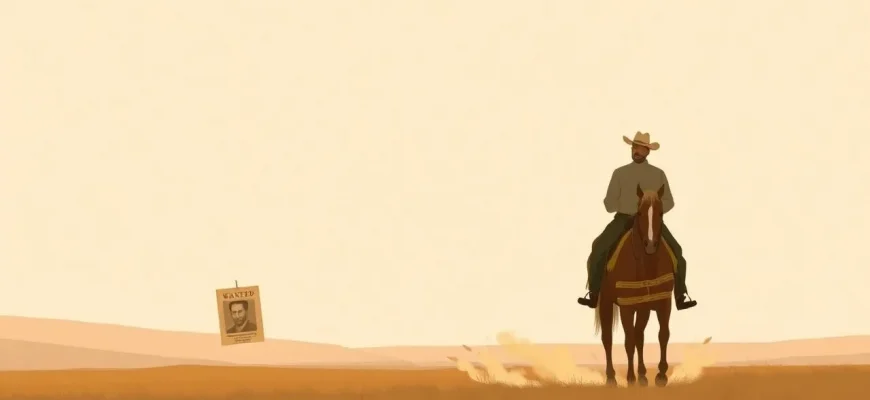The Wild West has always been a fertile ground for exploring complex societal issues. From the clash of cultures to the struggle for justice and equality, these films offer a unique lens through which we can examine the human condition. Here are 10 Westerns that not only entertain but also provoke thought about the societies they depict.
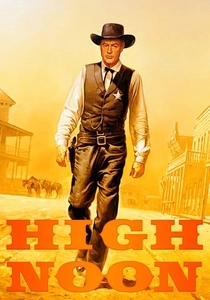
High Noon (1952)
Description: This classic film explores themes of duty, honor, and the individual versus society. Sheriff Will Kane faces his past alone when a gang of outlaws comes to town, highlighting the town's reluctance to stand up for justice.
Fact: The film was shot in real-time, with the entire story unfolding in 85 minutes, mirroring the length of the movie itself. It was also one of the first films to be released in the United States with a "no smoking" policy.
 Watch Now
Watch Now 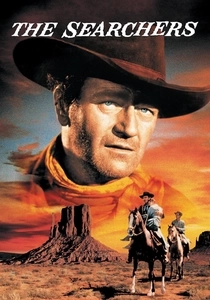
The Searchers (1956)
Description: John Ford's masterpiece delves into racial prejudice, revenge, and the concept of 'the other' as Ethan Edwards searches for his niece, kidnapped by Comanches. It's a profound look at the American frontier's societal norms.
Fact: The film was shot in Monument Valley, which became synonymous with Westerns due to Ford's frequent use of the location. It was also one of the first films to portray Native Americans in a more nuanced light.
 Watch Now
Watch Now 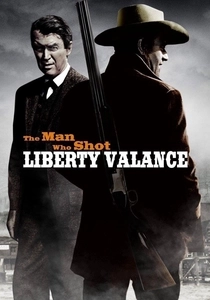
The Man Who Shot Liberty Valance (1962)
Description: This film explores the myth versus reality of the West, with themes of law versus lawlessness, civilization versus wilderness, and the role of the press in shaping public perception.
Fact: John Wayne's character, Tom Doniphon, was originally written to be the central hero, but the script was changed to focus on Jimmy Stewart's character, Ransom Stoddard, to highlight the theme of myth-making.
 Watch Now
Watch Now 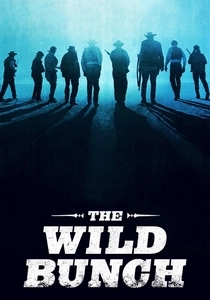
The Wild Bunch (1969)
Description: Sam Peckinpah's film is a brutal examination of the end of the Old West, focusing on a group of aging outlaws. It explores themes of loyalty, betrayal, and the changing societal values of the time.
Fact: The film's graphic violence was groundbreaking for its time, leading to debates about the portrayal of violence in cinema. It was also one of the first films to use slow-motion to enhance the impact of violent scenes.
 Watch Now
Watch Now 
Little Big Man (1970)
Description: This satirical Western follows the life of Jack Crabb, who lives with both Native Americans and white settlers, offering a critique on American history, societal norms, and the treatment of Native Americans.
Fact: Dustin Hoffman underwent extensive makeup sessions to portray the aging Jack Crabb, and the film was one of the first to use a Native American actor, Chief Dan George, in a prominent role.
 Watch Now
Watch Now 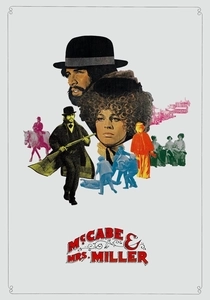
McCabe & Mrs. Miller (1971)
Description: Robert Altman's film subverts the traditional Western narrative by focusing on the business of a small mining town and the societal dynamics that emerge from it, including capitalism, gender roles, and community.
Fact: The film was shot in sequence, which was unusual for the time, allowing the actors to develop their characters naturally over the course of filming.
 Watch Now
Watch Now 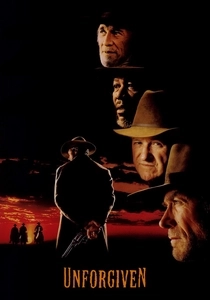
Unforgiven (1992)
Description: Clint Eastwood's directorial effort examines the myth of the Western hero, the nature of violence, and the moral complexities of frontier justice. It's a gritty look at how society shapes and is shaped by its outlaws.
Fact: Eastwood won his first Best Director Oscar for this film, and it was also the last Western to win Best Picture at the Academy Awards until
 Watch Now
Watch Now 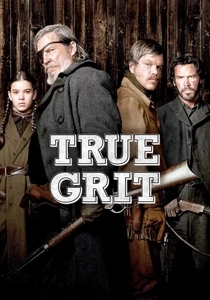
True Grit (2010)
Description: This remake of the 1969 film focuses on the quest for justice and the societal roles of women in the Old West, with a young girl hiring a U.S. Marshal to track down her father's killer.
Fact: Hailee Steinfeld was nominated for an Academy Award for Best Supporting Actress at the age of 14, making her one of the youngest nominees in that category.
 Watch Now
Watch Now 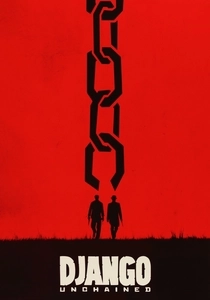
Django Unchained (2012)
Description: Quentin Tarantino's film uses the Western genre to explore themes of slavery, revenge, and societal oppression, with a freed slave teaming up with a bounty hunter to rescue his wife.
Fact: The film features a mix of spaghetti Western elements with Blaxploitation, creating a unique blend of genres. It also includes a cameo by Franco Nero, who played the original Django in the 1966 film.
 Watch Now
Watch Now 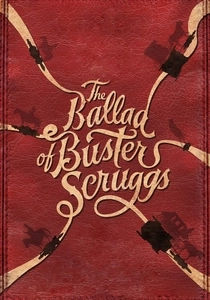
The Ballad of Buster Scruggs (2018)
Description: The Coen Brothers' anthology film presents six tales that explore different facets of Western society, from the comedic to the tragic, offering a broad commentary on human nature and societal structures.
Fact: Each segment of the film was originally intended to be a standalone short film, but they were combined into one feature-length movie.
 30 Days Free
30 Days Free 
